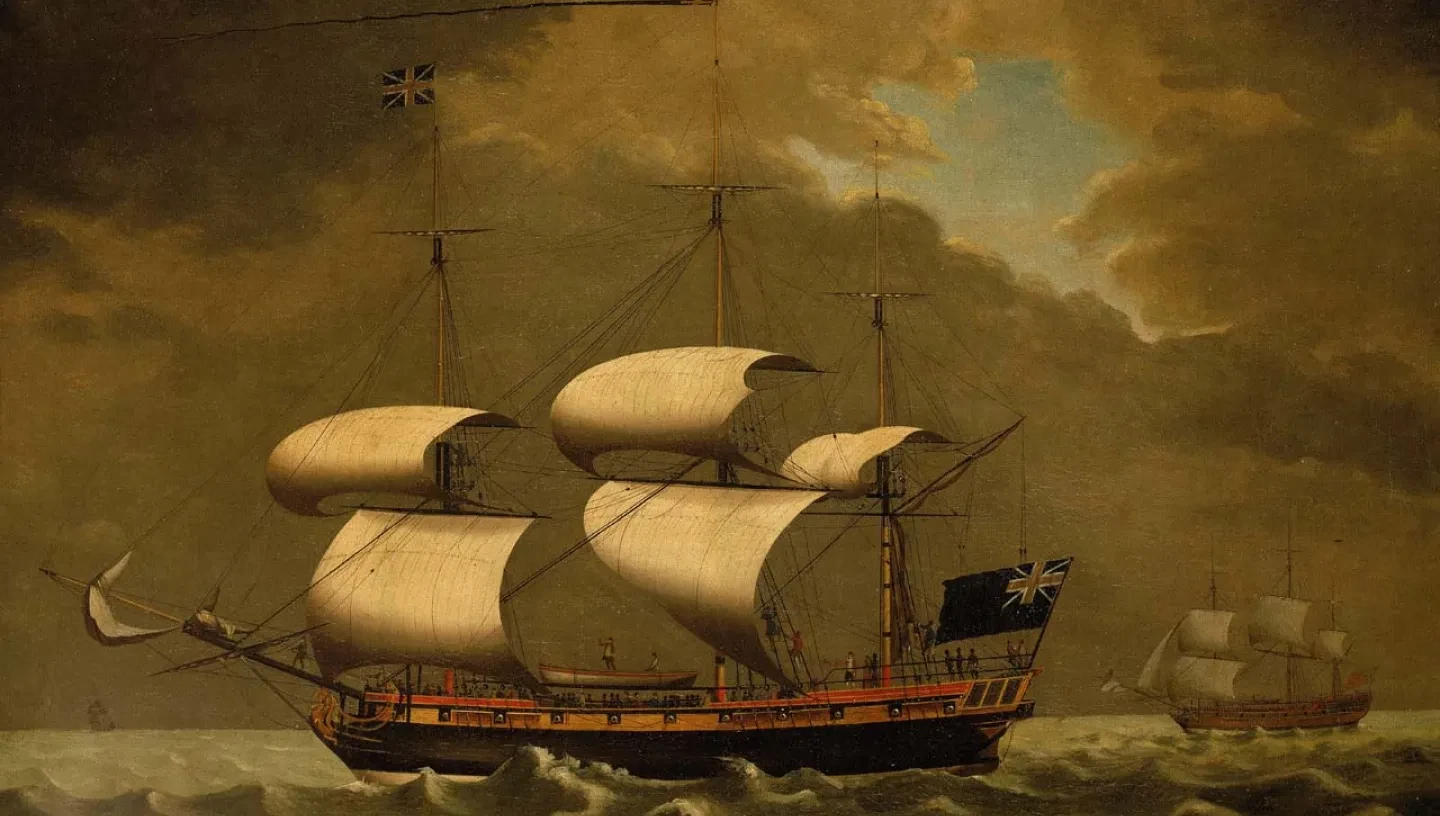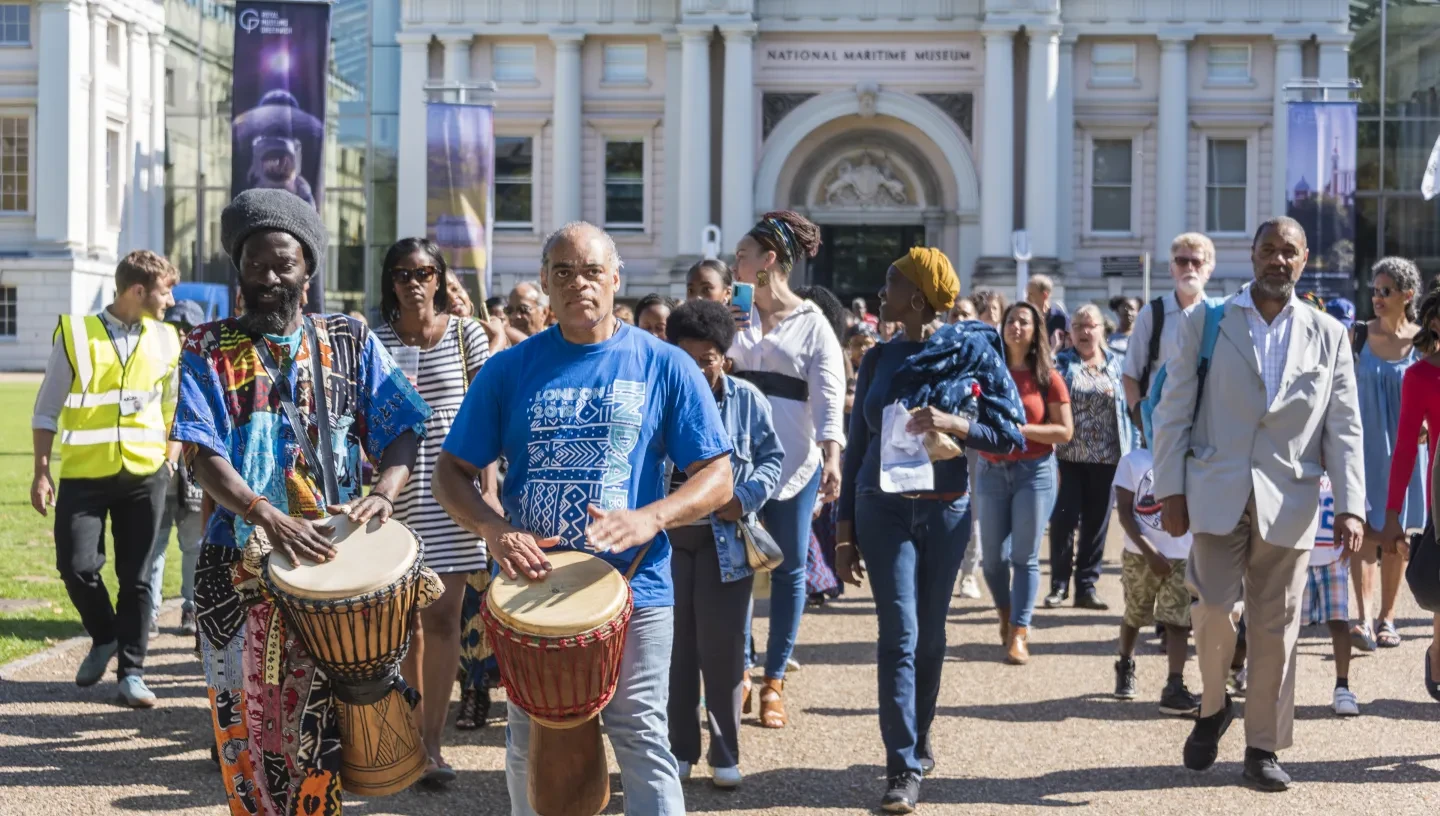
On International Slavery Remembrance Day, our curator, Aaron Jaffer, remembers those forced to take their own lives during the horrific Middle Passage
The transatlantic slave trade witnessed the forced migration of millions of people to the Americas. Portuguese, British, French, Spanish and Dutch ships loaded enslaved men and women in Africa before crossing the Atlantic. Thousands attempted to commit suicide during these horrific voyages, which reached their peak during the 1700s.
Enslaved men and women killed themselves for a number of different reasons. Many were unable to cope with the long and traumatic journey, which regularly involved beatings, murder and rape. Some hoped that death would take them back home to Africa. William Snelgrave, an unapologetic English slave trader, claimed that Africans believed ‘if they are put to death […] they shall return again to their own Country’.
Committing suicide was also an act of rebellion. The crews of slave ships were always anxious to prevent enslaved people from killing themselves because each person who managed to take their own life reduced the voyage’s profits.
Some enslaved men and women refused to eat, hoping to starve themselves to death. This might involve holding food in their mouths and then spitting it out when the crew weren’t looking although this could lead to floggings and force-feedings as punishment.
Leaping overboard to drown was another means of escape. There are moving descriptions of enslaved Africans jumping into the sea together, holding hands or embracing until the end. This tactic was not as easy as it might seem since many slave ships had netting to stop people jumping overboard. ‘Could I have got over the nettings,’ wrote one man who managed to escape from slavery, ‘I would have jumped over the side but I could not’. Even if a person could make it into the sea, the crew might send a boat out to ‘rescue’ them.
Enslaved Africans aboard some ships managed to get hold of knives, swords and even guns and gunpowder. Those who did not turn these weapons on the crew sometimes used them to commit suicide. A striking print in our collection shows a defiant man standing on the deck of a slave ship and holding a dagger. Brandishing his chains in his other hand and looking towards the sky, he appears to be thinking about killing himself.
There are even documented cases of enslaved Africans blowing themselves up along with their captors, as occurred after an uprising aboard the New Britannia in 1773. This remains one of the most dramatic forms of mass suicide witnessed during the transatlantic slave trade.

International Slavery Remembrance Day
Explore the legacies of the transatlantic slave trade and its abolition at the National Maritime Museum


